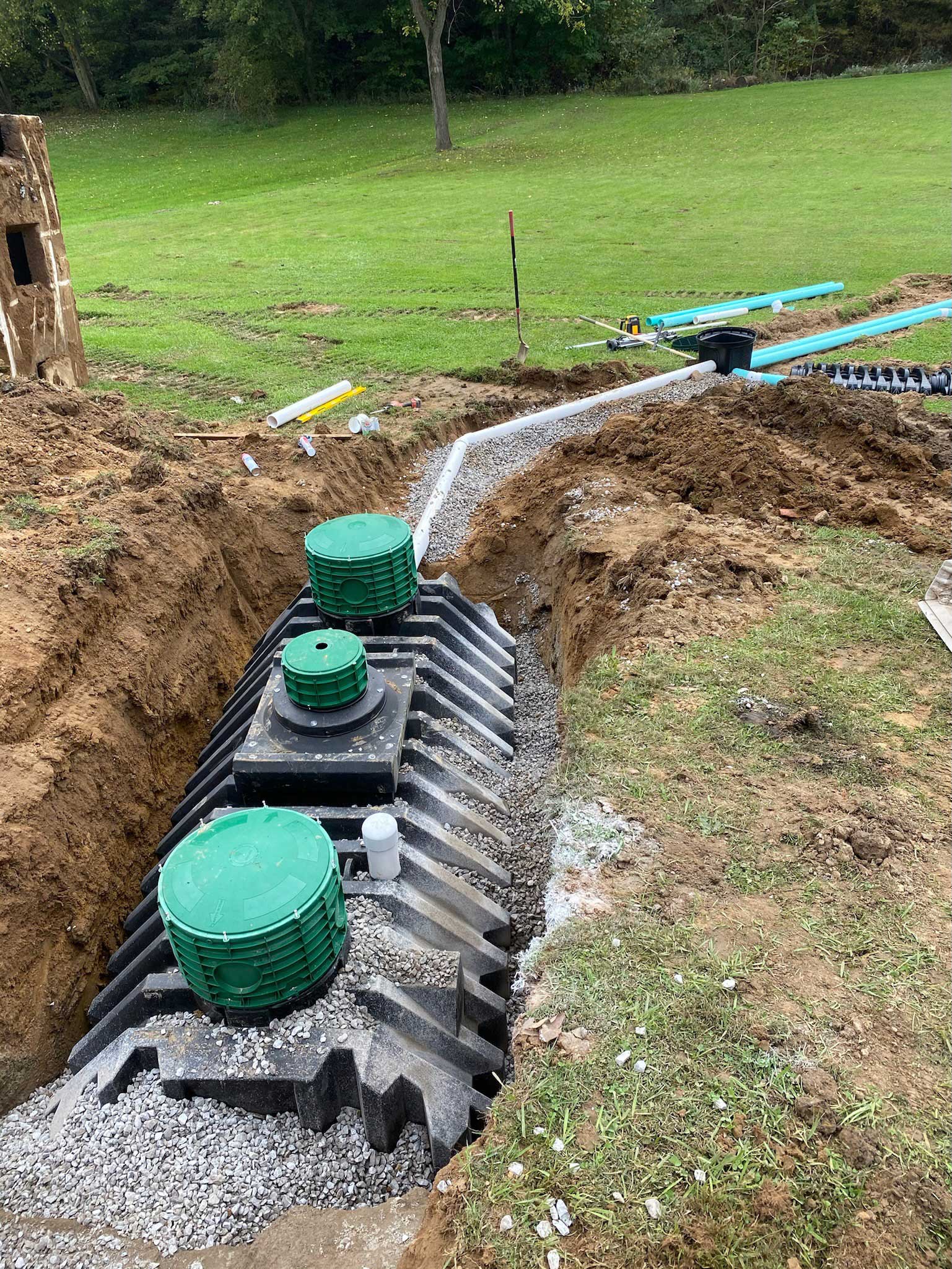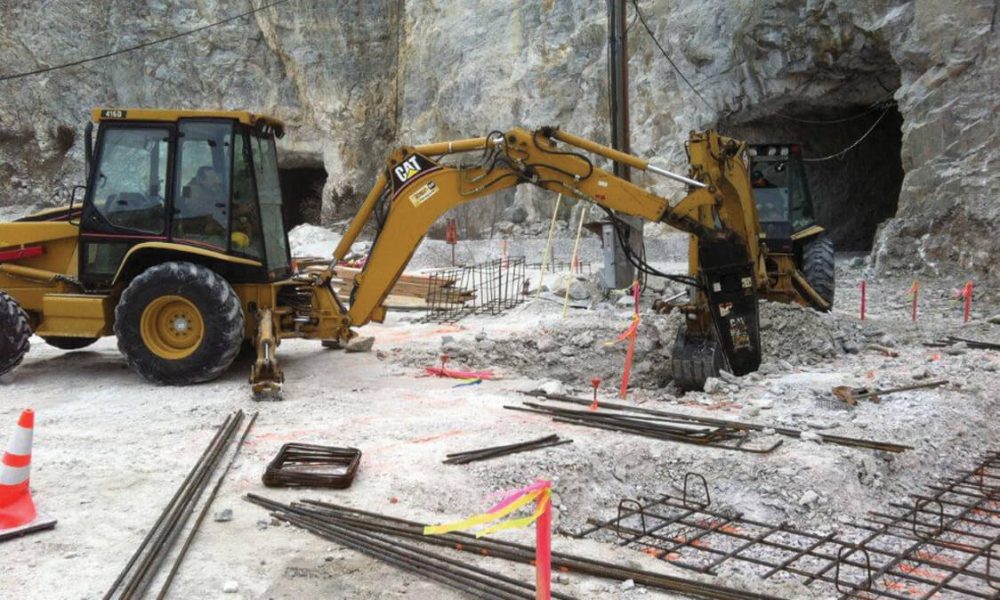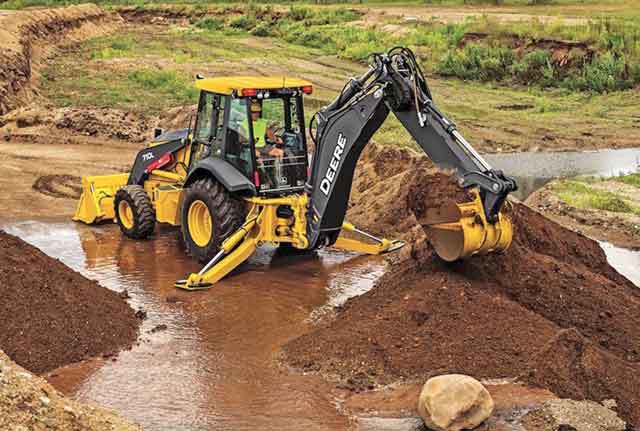Excavating Ohio - Leading Excavation Specialists for Ohio Projects
Excavating Ohio - Leading Excavation Specialists for Ohio Projects
Blog Article
Extensive Expedition: The Science Behind Superior Excavation Practices
The realm of excavation techniques is a domain name where scientific research intertwines with craftsmanship to unearth the enigmas hidden below the planet's surface area. From ancient hand devices to contemporary hydraulic excavators, the development of excavation strategies has actually been a testament to human ingenuity and technical improvements. However, what genuinely establishes superior excavation methods apart is a deep understanding of geological principles, combined with the application of advanced tools and techniques. By checking out the scientific research behind these techniques, we can reveal the keys that lie below our feet and value the accuracy and competence that go into every dig.
Development of Excavation Techniques
Throughout history, the advancement of excavation methods has played an essential duty beforehand construction techniques and historical discoveries. From the basic devices made use of by our ancestors to the sophisticated equipment used in modern times, the progression of excavation methods has considerably transformed exactly how we come close to different projects.
In ancient times, manual work with basic devices such as wheelbarrows, shovels, and pickaxes was the main approach of excavation. This labor-intensive procedure limited the deepness and extent of excavations, commonly leading to slow-moving progression and limited access to certain sites. Nonetheless, as human beings progressed, so did the methods and devices used for excavation.
The Industrial Revolution marked a turning point in excavation practices with the introduction of steam-powered machinery. This development transformed the field, enabling faster and more substantial excavations. In contemporary times, technology plays an essential function in excavation, with improvements like general practitioner systems, drones, and 3D scanning enhancing accuracy and effectiveness in the area. The advancement of excavation strategies remains to shape the method we develop, explore, and recognize the world around us.
Function of Modern Technology in Excavation

The integration of advanced innovation has actually fundamentally changed the field of excavation, boosting precision and effectiveness to extraordinary levels. One of the crucial technological innovations that has dramatically influenced excavation practices is the usage of GPS systems. These systems permit accurate mapping of excavation websites, enabling drivers to precisely find below ground energies and structures. In addition, using telematics in excavation devices has allowed real-time surveillance of maker performance, causing proactive upkeep and raised functional productivity.
Additionally, the advent of 3D modeling and simulation software has structured the planning procedure for excavation tasks. Drivers and engineers can now picture the whole excavation procedure before damaging ground, optimizing and recognizing prospective obstacles workflow. visit their website Combined with this, the application of drones in excavation tasks has assisted in airborne surveys, volumetric measurements, and site evaluations with unmatched speed and precision.
Geological Concepts in Excavation
An understanding of geological principles is essential for making sure the structural integrity and security of excavation sites. Geological elements play an important duty in figuring out the usefulness and safety and security of excavation jobs.
Furthermore, the geological framework of the area, including faults, fractures, and rock developments, should be thoroughly analyzed to recognize possible dangers and obstacles. Digging deep into near geological fault or unpredictable rock developments can cause instability and possible threats. By performing thorough geological surveys and analysis, excavators and engineers can establish methods to mitigate threats and make sure the successful conclusion of excavation tasks. Ultimately, integrating geological concepts right into excavation methods is vital for achieving safe, effective, and lasting results.

Newest Tools for Excavation
In the world of excavation methods, modern developments in tools have transformed the efficiency and precision of excavation processes. These drones can supply in-depth aerial studies of excavation sites, using real-time information on topography and potential threats.
One more cutting-edge tool getting popularity is the execution of 3D printing innovation for developing personalized excavation tools. This permits the manufacturing of specialized tools that are customized to the particular requirements of a task, raising performance and decreasing downtime.
Additionally, improvements in products scientific research have caused the growth of stronger and more resilient excavation devices. dump truck companies in ohio. Tungsten carbide-tipped excavator attachments, for instance, deal exceptional performance in challenging ground conditions, improving performance on-site
Science's Impact on Excavation Practices

Additionally, improvements in materials science have actually led to the creation of more powerful, use this link a lot more long lasting excavation tools and tools. The usage of composite materials in diggers and shovels has enhanced their efficiency and longevity, eventually enhancing productivity on excavation sites. Additionally, clinical study on dirt mechanics and geotechnical engineering has given valuable understandings right into dirt habits, allowing excavation specialists to make educated decisions pertaining to excavation approaches and soil stabilization techniques. Overall, scientific research continues to drive development and improvement in excavation techniques, making excavation tasks more effective, economical, and sustainable.

Final Thought
In conclusion, the development of excavation navigate to this site strategies has been substantially affected by improvements in innovation and a deeper understanding of geological concepts. The most up to date tools and tools used in excavation have actually improved efficiency and precision in the field. The application of scientific expertise has actually dramatically boosted excavation methods, resulting in extra sustainable and efficient methods for digging deep into various types of materials.
In the realm of excavation methods, modern innovations in tools have reinvented the efficiency and precision of excavation procedures. By leveraging scientific principles, the excavation sector has actually been able to dramatically enhance effectiveness, accuracy, and safety and security in excavation procedures. GPR permits excavation groups to non-invasively scan and map subsurface frameworks, energies, and possible hazards, allowing them to prepare excavation projects with better precision and decreased danger of mishaps.
Additionally, scientific research on dirt mechanics and geotechnical engineering has offered beneficial understandings right into dirt actions, permitting excavation experts to make educated decisions pertaining to excavation methods and soil stabilization methods. In general, scientific research proceeds to drive technology and improvement in excavation practices, making excavation projects extra effective, affordable, and lasting.
Report this page